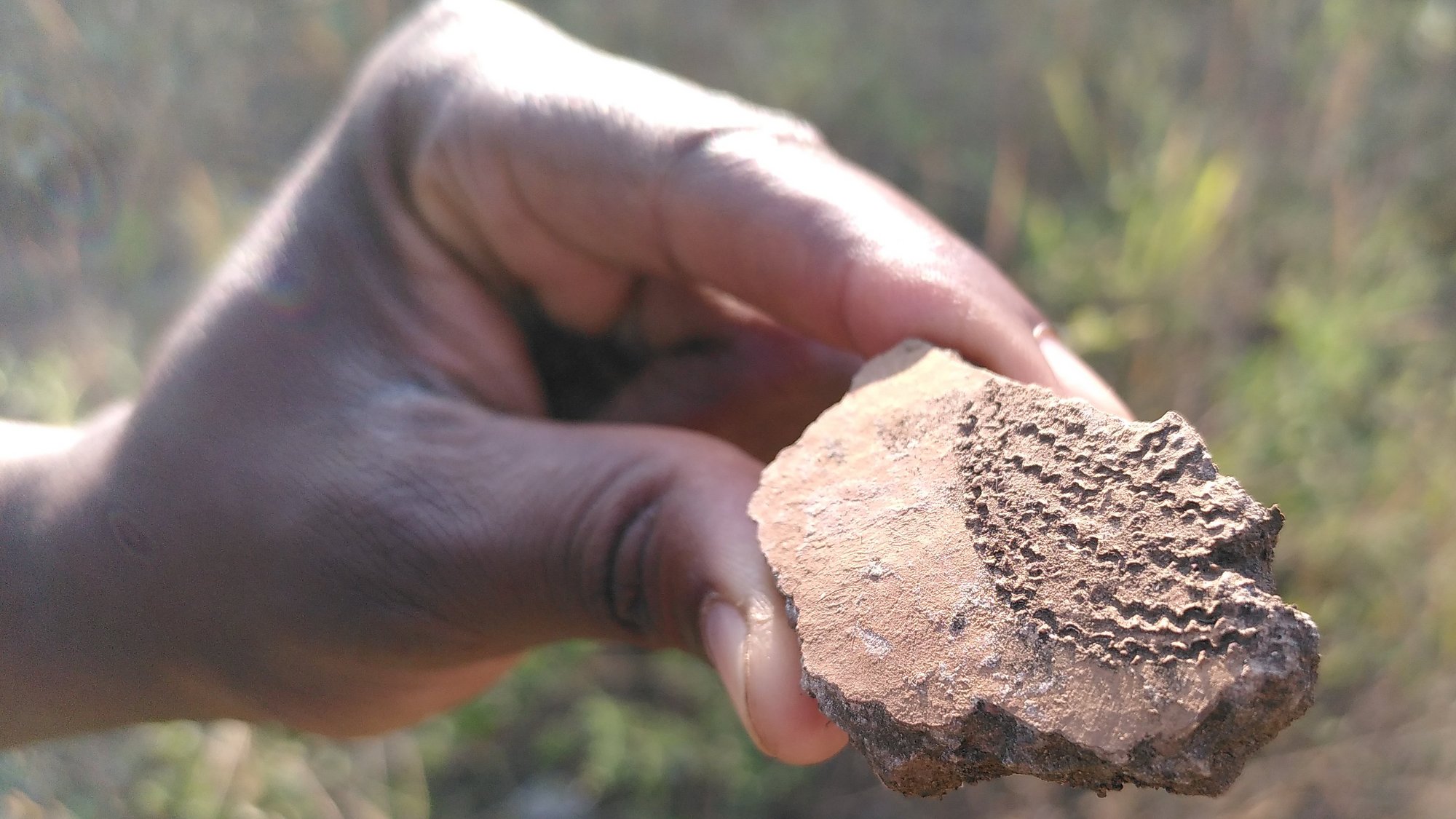Overview
The joint introduction of pottery, ferrous metallurgy, agriculture and animal husbandry in southern Africa is associated with the immigration of the so-called Bantu. Current research is questioning this simplified model of the arrival of these ‘Early Farming Communities’ (EFC), as pottery and bones from domesticated animals have also been found in hunter-gatherer and hunter-livestock farmer contexts.
The research collaboration between Eduardo Mondlane University and the DAI began in 2016. Since then, various surveys have been carried out as part of this cooperation and a comprehensive research project has been developed together with the University of Hamburg. In May 2020, the DFG project ‘Bantu Arrival in Southern Africa’ began, which focuses on archaeometric ceramic investigations and geophysical prospection of potential EFC open-air sites.
Geomagnetical surveys can help to locate potential pit houses, pottery accumulations and kilns in the context of the EFC. Targeted excavations can be planned based on the results. On the one hand, the excavation results evaluate geophysical measurements and generate knowledge about early settlements in the region for the first time.
The archaeometric investigations of the EFC pottery will be used to analyse the beginning of pottery production in southern Africa in terms of dating and process as well as differences in raw material, production technique and use.

